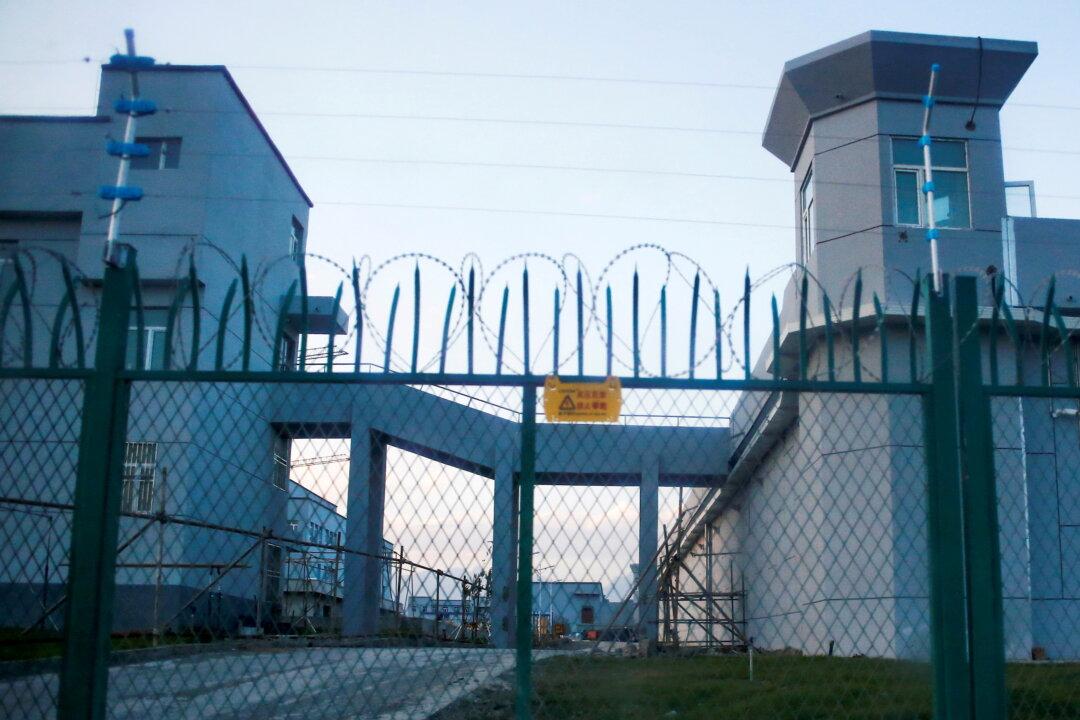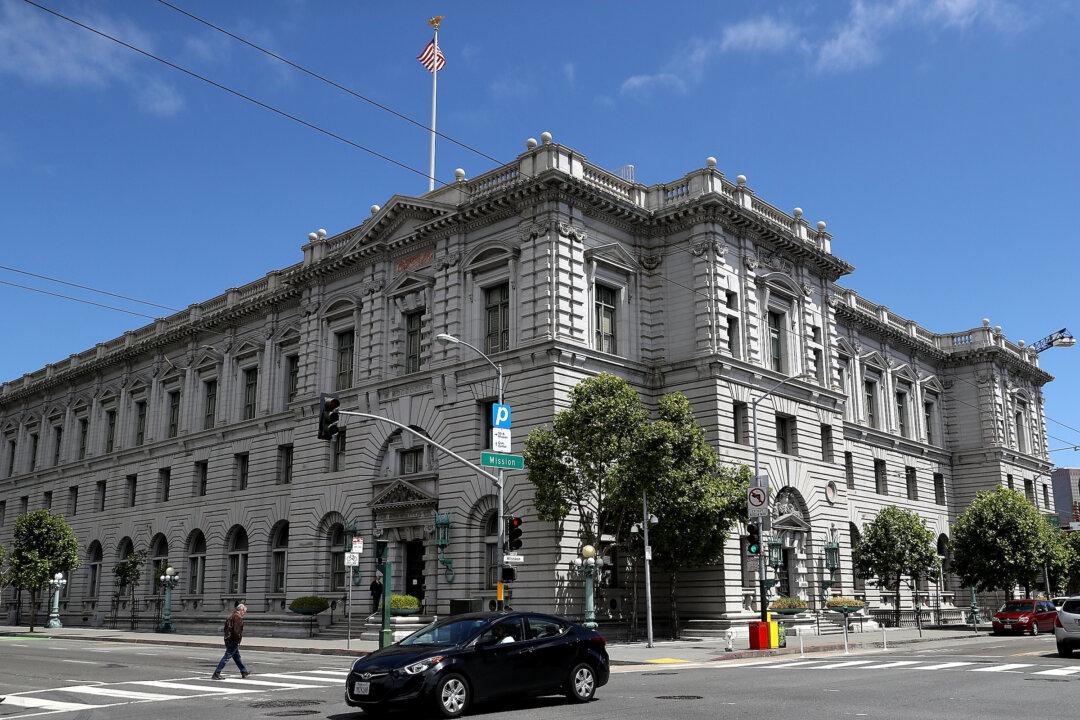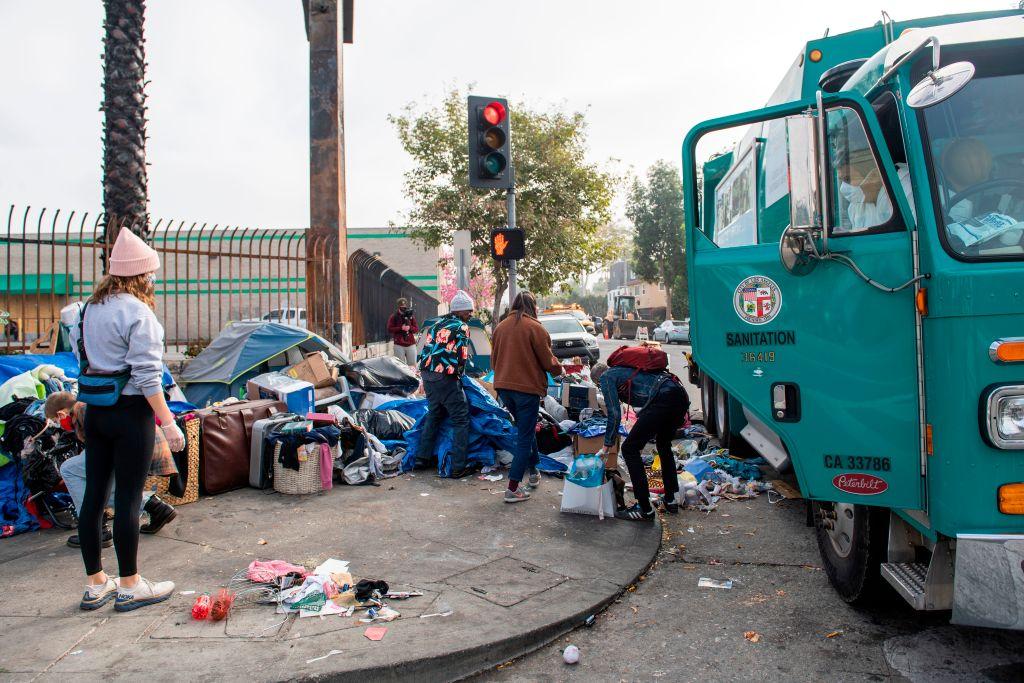Commentary
The Chinese regime blocks Chinese citizens from accessing nearly all Western social-media platforms—Facebook, Google, Twitter, YouTube, Instagram, and others—not to mention such conventional international news sources as the BBC, The New York Times, and The Wall Street Journal. China’s “Great Firewall,” as it is called, is said to be the most technologically sophisticated system of media censorship in the world.





